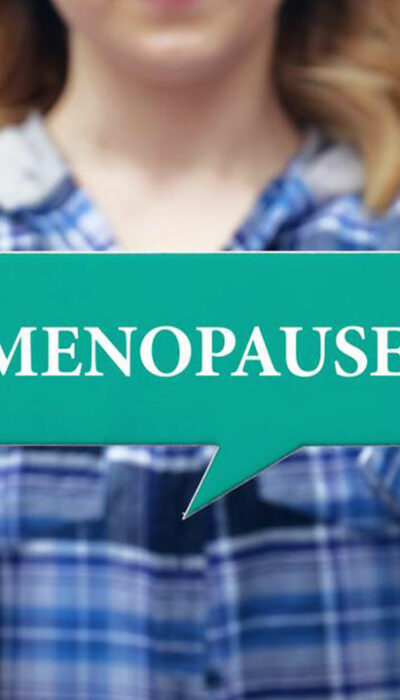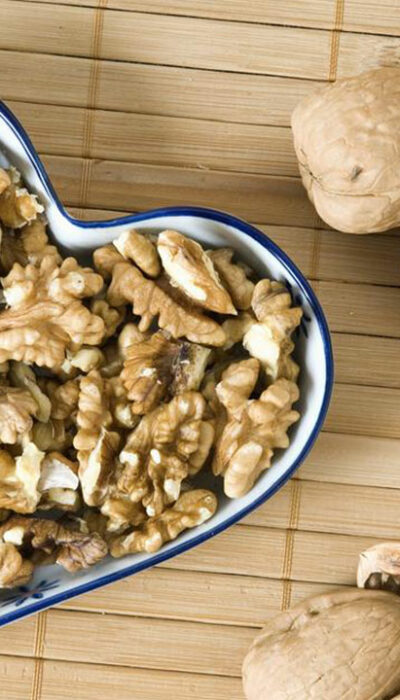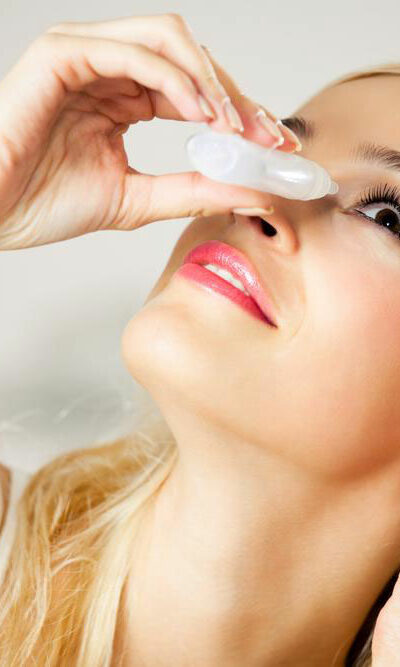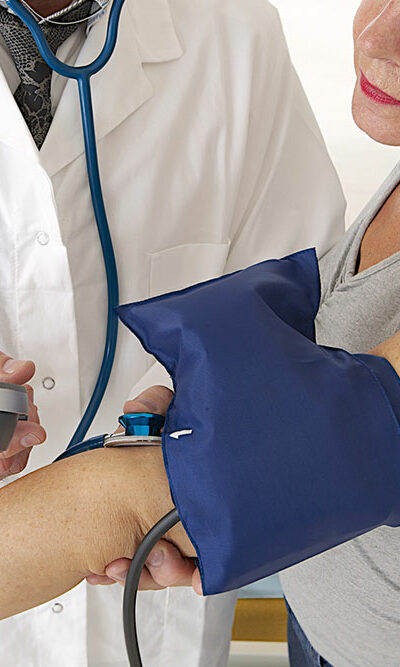
Home Remedies and Treatments for Restless Legs
Do you often find yourself shaking your leg restlessly? Perhaps, while listening to a lecture, attending a meeting or during a family dinner? If it feels like a compulsive behavior, you may be suffering from restless leg syndrome (RLS). Here is an insight into the syndrome and effective remedies that would help you to stop restless legs. If you’re wondering how to stop restless legs, and only have a relatively mild condition with no serious underlying cause, the following home remedies may give you relief. Massage with hot and cold packs Massage your leg with alternating hot and cold packs to relax the muscles. This treatment alleviates pain and improves circulation in your legs. You can also soak your leg in a warm water bath to provide muscle relaxation. These treatments work best if you do them just before you go to bed. Regular exercise Follow a fitness routine that gets you moving and stretches your muscles. Make sure you stay regular and ensure you don’t overdo it. A simple power walk for about 30 minutes every day, is good enough to keep your legs relaxed and maintain overall health. Exercise is important for RLS since this syndrome is triggered by tension and stress in your muscles. Regulate your sleep RLS causes fatigue as it interferes with your sleep cycle. Sticking to a strict sleep schedule will help minimize damage. Do your best to go to sleep, and wake up at the same time every day. Common measures to achieve this are taking a hot bath before bed, and meditating clear away disturbing thoughts. Create an environment around your bed that’s conducive to healthy, quality sleep. Include a 10 to 15-minute window to relax either through meditation or simple breathing techniques, just before bedtime. This will go a long way in reducing stress and inducing better sleep.










